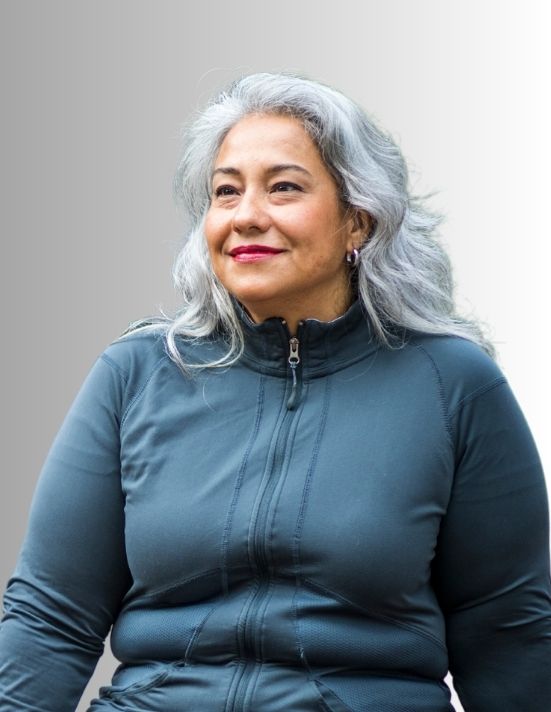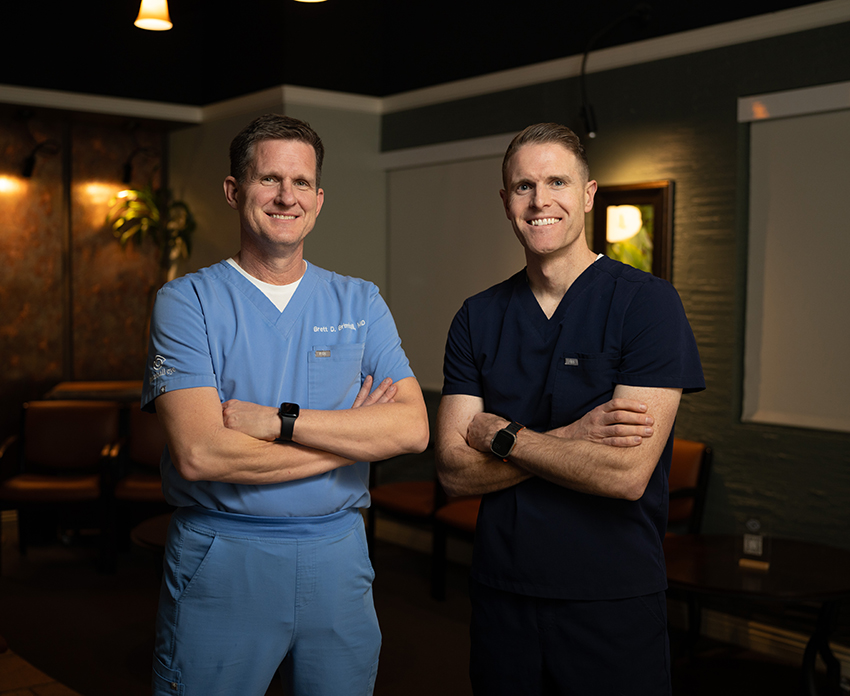Traditional glaucoma surgeries are typically reserved for advanced or severe cases of glaucoma, as well as specific rare forms of the condition. While other treatment options, such as medications and minimally invasive procedures, are often the first line of defense, traditional glaucoma surgeries may be recommended when other methods have proven ineffective or insufficient in managing the disease.
The decision to undergo traditional glaucoma surgery is made on a case-by-case basis, considering various factors including the severity of the glaucoma, the individual’s overall eye health, and the presence of any other eye conditions or considerations. Your surgeon will carefully evaluate your specific situation and recommend the most appropriate course of action.






